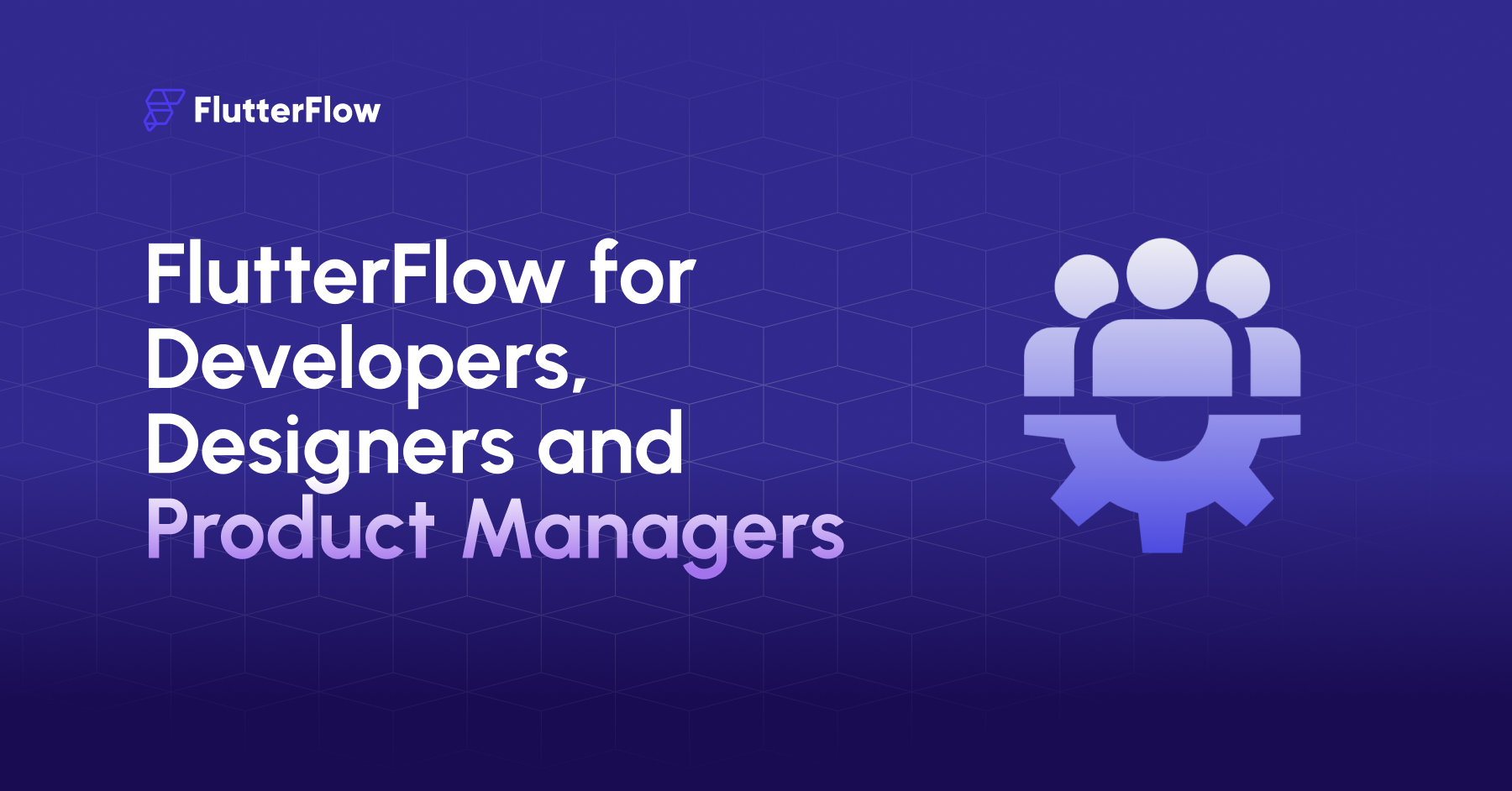Modern product teams often grapple with the complexities of collaboration. Designers craft user experiences, Product Managers align those experiences with business goals, and developers ensure these visions are technically feasible and scalable. Yet, despite shared objectives, silos persist, leading to miscommunication, delays, and inefficiencies. Enter visual development platforms like FlutterFlow—tools designed to bridge these gaps and foster deeper collaboration among team members.
This article explores how visual development transforms team dynamics, enabling designers, Product Managers, and developers to work together more effectively. By adopting these tools, teams can reduce friction, accelerate timelines, and build better products.
Why Collaboration Often Breaks Down
Before diving into the benefits of visual development, it’s worth examining the common pain points in team collaboration:
- Language Barriers: Designers speak in terms of wireframes and user flows, Product Managers focus on KPIs and roadmaps, and developers prioritize scalability and code quality. These differing perspectives can lead to misaligned expectations.
- Handoffs and Feedback Loops: Traditional workflows often require designers to pass static mockups to developers, who then translate them into code. Any discrepancies—or new insights from Product Managers—necessitate additional iterations, delaying progress.
- Misaligned Priorities: While designers might push for pixel-perfect UIs, developers might prioritize backend stability, and Product Managers might aim to launch quickly. Balancing these priorities is no small feat.
- Lack of Transparency: Teams often work in isolated tools, limiting visibility into each other’s workflows and creating inefficiencies.
Visual development directly addresses these challenges by creating a shared environment where collaboration happens in real-time.
1. Shared Language: Breaking Down Silos
Visual development platforms offer a universal “language” that all team members can understand. Instead of relying on abstract wireframes or technical jargon, these tools allow teams to work on tangible, interactive prototypes.
- Designers can translate their ideas directly into functional UI components using drag-and-drop editors, often skipping the need for static mockups.
- Product Managers can interact with these prototypes early, providing feedback on flows and ensuring alignment with business goals.
- Developers can access the underlying code or integrate these prototypes into existing stacks, ensuring technical feasibility from the start.
By giving every team member a common platform to collaborate on, misunderstandings are minimized, and alignment is achieved faster.
2. Faster Handoffs: From Ideation to Execution
Traditionally, handoffs are a source of friction—designers produce mockups, which developers must then painstakingly replicate in code. Visual development platforms simplify this process:
- Designers’ Perspective: With tools like FlutterFlow, designers can create high-fidelity prototypes that are both visually accurate and functional.
- developers’ Perspective: Instead of starting from scratch, developers can export code directly from the visual development tool, significantly reducing development time.
- Product Managers’ Perspective: Product Managers can track progress in real-time, ensuring that the end product aligns with the initial vision and business objectives.
This streamlined process eliminates unnecessary iterations, saving valuable time and resources.
3. Real-Time Collaboration: Iterating as a Team
One of the most powerful aspects of visual development is its support for real-time collaboration. Teams can work simultaneously on the same project, making it easy to:
- Provide Immediate Feedback: Product Managers can annotate live prototypes, suggesting changes that designers and developers can address instantly.
- Experiment Rapidly: Designers can test multiple ideas quickly, and developers can prototype backend integrations without significant setup.
- Stay Aligned: All team members have visibility into the latest updates, reducing the risk of working on outdated files or specs.
Real-time collaboration fosters a sense of shared managership and keeps the team moving in the same direction.
4. Empowering Product Managers to Drive Product Vision
Product Managers often act as the glue between design and developering, but they’re frequently limited by technical constraints or lack of visibility into the development process. Visual development changes this by:
- Providing Accessible Tools: Product Managers can tweak prototypes themselves, experimenting with different flows or features without waiting for engineering resources.
- Improving Stakeholder Communication: Interactive prototypes are far more compelling than static wireframes, making it easier for Product Managers to secure buy-in from stakeholders.
- Tracking Progress: Many platforms include dashboards that provide real-time updates, enabling Product Managers to monitor development without constant check-ins.
By empowering Product Managers to take a more active role, visual development ensures that the product vision remains intact throughout the development lifecycle.
The Role of FlutterFlow in Enterprise Collaboration
While the benefits of visual development are broad, FlutterFlow stands out as a leading platform for enterprise teams. Here’s why:
- Ease of Use: FlutterFlow’s intuitive interface makes it accessible to both technical and non-technical team members, ensuring everyone can contribute.
- Increased Efficiency: FlutterFlow allows teams to design, build, and iterate directly in production-ready code, saving time and reducing miscommunication.
- Support Complex Projects: Advanced features like custom code, seamless integrations, and role-based access control make FlutterFlow a robust solution for enterprise-grade applications.
- Simplify Testing: Easy sharing of testable prototypes accelerates feedback cycles and ensures stakeholder alignment.
By adopting FlutterFlow, enterprise teams can unlock the full potential of visual development and elevate their collaboration to new heights.
Conclusion
Collaboration between designers, product managers, and developers has always been essential for successful product development, but traditional workflows often create barriers. Visual development platforms like FlutterFlow eliminate these obstacles by fostering a shared language, enabling real-time collaboration, and bridging the gap between design and development.
For enterprise teams, the stakes are even higher—misaligned priorities or inefficient workflows can result in costly delays. By leveraging the power of visual development, teams can accelerate timelines, improve communication, and ultimately deliver better products.
Ready to see how FlutterFlow can transform collaboration for your team? Get started today and experience the future of visual development firsthand.

